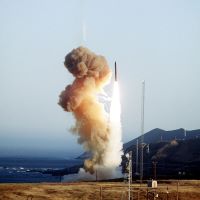
by Susan Keown | Mar 4, 2021 | ScienceWire
Why, asks Elisabeth Eaves, is the U.S. spending $100 billion on a new nuclear weapon? Eaves (@elisabetheaves) explores the complex answers to this question in a feature for the Bulletin of the Atomic Scientists, taking us down to missile silos, into the communities...
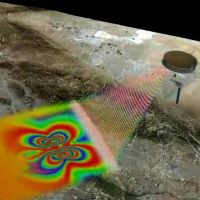
by Susan Keown | Mar 4, 2021 | ScienceWire
In Science, Julia Rosen (@1JuliaRosen) shows us how a technique called interferometric synthetic aperture radar, or InSAR, can use satellite data to detect movements of just a few millimeters across a wide swath of the earth’s crust. Rosen takes us on a tour of this...

by Susan Keown | Mar 4, 2021 | ScienceWire
With a look back at the 1918 flu pandemic, Bryn Nelson (@SeattleBryn) asks what lessons we might draw from that pandemic for facing COVID-19 today. His story for the journal Cancer Cytopathology’s CytoSource column shows how measures like mask mandates have saved...
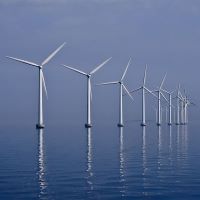
by Susan Keown | Mar 4, 2021 | ScienceWire
While wind turbines generate clean power, they can be deadly to birds. Eric Stavney writes about how researchers reduced deaths of some species at one facility in Norway by painting one blade per turbine black. His story for The Norweigan American discusses why birds...
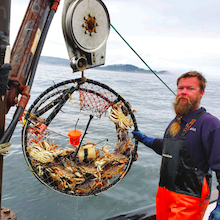
by Chris Tachibana | Feb 2, 2021 | ScienceWire
Nancy Steinberg writes about a high-tech advance in commercial crabbing for Oregon Stater, the Oregon State University alumni magazine. The crab pots that local fishing crews crank into the sea have a small oxygen sensor attached to the side, to locate areas of...
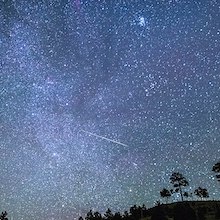
by Chris Tachibana | Feb 2, 2021 | ScienceWire
Even in remote West Texas, Catherine Arnold writes, an observatory’s stargazing powers can be threatened by city lights. For Alcalde, the University of Texas alumni magazine, Catherine interviews the coordinator of an initiative that protects the night sky for...







